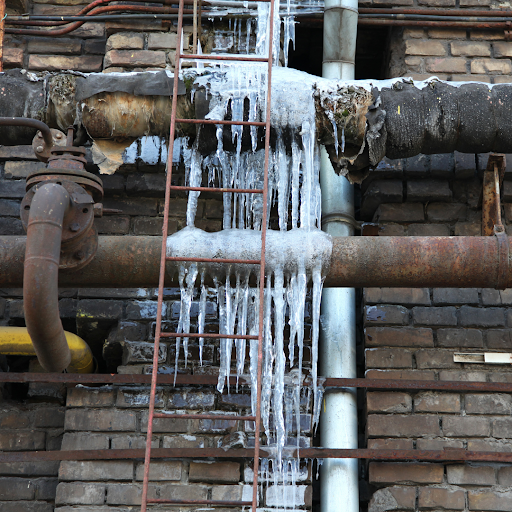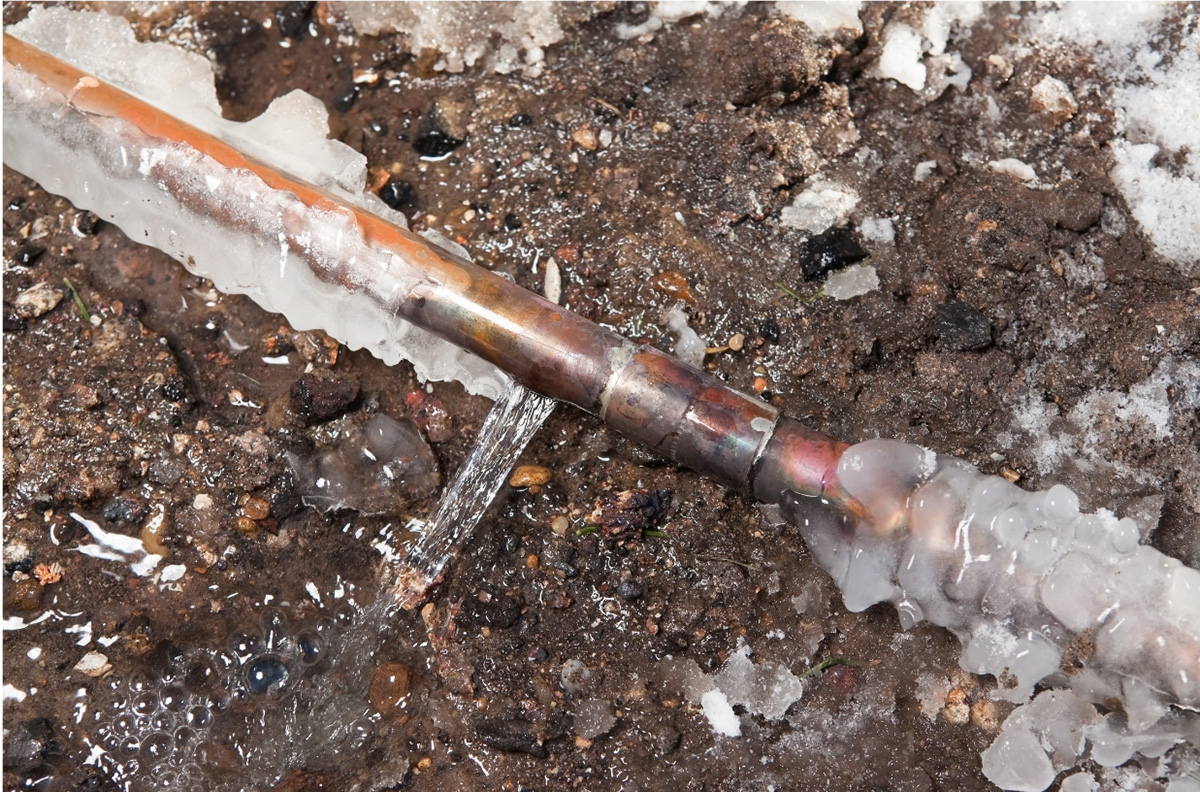Protecting Against Frozen Pipes in Winter: Key Advice
Protecting Against Frozen Pipes in Winter: Key Advice
Blog Article
Do you find yourself on the lookout for answers on Preventing and dealing with frozen pipes?

Winter can damage your pipes, particularly by freezing pipes. Right here's how to avoid it from happening and what to do if it does.
Introduction
As temperature levels decline, the risk of icy pipelines rises, potentially resulting in costly fixings and water damage. Understanding how to avoid icy pipes is important for house owners in cold climates.
Avoidance Tips
Insulating vulnerable pipes
Wrap pipelines in insulation sleeves or utilize warmth tape to safeguard them from freezing temperatures. Concentrate on pipelines in unheated or external locations of the home.
Home heating methods
Keep indoor areas adequately heated, specifically locations with pipes. Open up closet doors to enable warm air to circulate around pipes under sinks.
Exactly how to recognize icy pipes
Try to find reduced water flow from faucets, uncommon smells or noises from pipes, and noticeable frost on exposed pipes.
Long-Term Solutions
Structural modifications
Consider rerouting pipelines far from outside walls or unheated locations. Add additional insulation to attic rooms, cellars, and crawl spaces.
Updating insulation
Buy premium insulation for pipes, attic rooms, and wall surfaces. Correct insulation helps keep regular temperatures and reduces the risk of frozen pipelines.
Shielding Outdoor Pipes
Garden hoses and exterior faucets
Disconnect and drain yard tubes before winter months. Install frost-proof faucets or cover outside taps with protected caps.
Understanding Icy Pipes
What triggers pipes to ice up?
Pipelines ice up when exposed to temperatures below 32 ° F (0 ° C) for prolonged periods. As water inside the pipelines ices up, it broadens, taxing the pipeline wall surfaces and potentially causing them to break.
Threats and damages
Icy pipelines can bring about water system disruptions, property damages, and pricey repair services. Burst pipelines can flood homes and trigger comprehensive structural damage.
Indications of Frozen Pipes
Identifying frozen pipes early can stop them from rupturing.
What to Do If Your Pipelines Freeze
Immediate actions to take
If you believe frozen pipes, keep faucets available to relieve stress as the ice thaws. Use a hairdryer or towels soaked in warm water to thaw pipelines slowly.
Conclusion
Stopping icy pipelines needs positive actions and quick responses. By comprehending the reasons, indications, and safety nets, homeowners can secure their plumbing throughout cold weather.
5 Ways to Prevent Frozen Pipes
Drain Outdoor Faucets and Disconnect Hoses
First, close the shut-off valve that controls the flow of water in the pipe to your outdoor faucet. Then, head outside to disconnect and drain your hose and open the outdoor faucet to allow the water to completely drain out of the line. Turn off the faucet when done. Finally, head back to the shut-off valve and drain the remaining water inside the pipe into a bucket or container. Additionally, if you have a home irrigation system, you should consider hiring an expert to clear the system of water each year.
Insulate Pipes
One of the best and most cost-effective methods for preventing frozen water pipes is to wrap your pipes with insulation. This is especially important for areas in your home that aren’t exposed to heat, such as an attic. We suggest using foam sleeves, which can typically be found at your local hardware store.
Keep Heat Running at 65
Your pipes are located inside your walls, and the temperature there is much colder than the rest of the house. To prevent your pipes from freezing, The Insurance Information Institute suggests that you keep your home heated to at least 65 degrees, even when traveling. You may want to invest in smart devices that can keep an eye on the temperature in your home while you’re away.
Leave Water Dripping
Moving water — even a small trickle — can prevent ice from forming inside your pipes. When freezing temps are imminent, start a drip of water from all faucets that serve exposed pipes. Leaving a few faucets running will also help relieve pressure inside the pipes and help prevent a rupture if the water inside freezes.
Open Cupboard Doors
Warm your kitchen and bathroom pipes by opening cupboards and vanities. You should also leave your interior doors ajar to help warm air circulate evenly throughout your home.

Do you like more info about How to Prevent Your Pipes From Freezing? Give a review further down. We will be glad to know your responses about this entry. Hoping that you come back again in the future. Enjoyed our write up? Please quickly share it. Let someone else discover it. I truly appreciate reading our article about Helpful Tips to Prevent Frozen Pipes this Winter.
Call Today Report this page